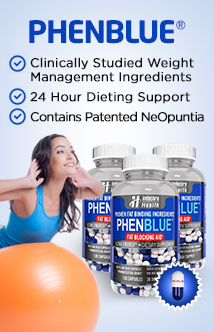Renal Diet Guidelines
- Hits: 9845
Kidney failure requires a special diet. Because when your kidneys no longer work properly, waste products and fluids build up in your blood. Although dialysis replaces the work load of your kidneys and removes these waste products, they can build up in your body between dialysis, so it's important that you follow a specific renal diet plan and control the amounts and types of foods and fluids you take in everyday. For example, in general, it is best to reduce your intake of certain nutrients such as phosphorous, potassium and sodium.
Renal Diet Guidelines
Until you receive a personal diet plan from the dietitian at your dialysis center, here are some general renal diet guidelines to follow:
-
Salt should not be added to your food. To season foods use herbs and non-salt type spices. Avoid salt substitutes, as they are loaded with potassium.
-
Include 2-3 servings of high quality protein foods daily (lean meat, fish, poultry and eggs). One serving is 3 ounces. Limit to a total of 8 ounces daily. Natural cheeses such as cheddar, Swiss and colby may be used in small amounts. Avoid processed cheeses (American, Velveeta) and salted, canned and cured meats (Spam). Regular tuna can be used if rinsed under running water for two minutes to reduce the sodium.
-
Limit milk, yogurt, ice cream or sherbet to just one 1/2 cup serving a day. Nondairy creamers such as Coffee Rich® or Mocha Mix® (up to one cup per day) can be used in addition to milk.
-
Avoid nuts, peanut butter, dried beans, seeds and lentils. These foods are high in potassium and phosphorus and they make more waste products in your blood.
-
Choose no more than 3 fruit servings each day. One serving is 1/2 cup or 1 medium fresh fruit. Choose from the list of low potassium fruits.
-
Limit vegetables to 2 servings each day. One serving is 1/2 cup cooked or 1 cup tossed salad. Use the low potassium vegetables listed.
-
Bread, tortillas and no-salt-added type crackers can be used in moderation. Stay away from the salty snack foods such as pretzels and chips. Avoid bran cereals: they are high in potassium. Cream of wheat, oatmeal and plain dry cereals can be used.
-
Regular margarine, mayonnaise, and healthy cooking oils can be used liberally. Unless you are diabetic, use sugar, honey and syrup for added energy and calories.
-
Limit fluids to 6 cups or 48 ounces per day (8 ounces = 1 cup). Fluids such as water, coffee, tea, lemonade, carbonated beverages and cranberry juice are okay to use - just watch your limit! Foods that melt at room temperature such as ice, ice cream and jello also need to be counted as fluid.
-
If you are diabetic, continue to eat meals and snacks at regular times and avoid concentrated sweets. For insulin reactions don't use orange juice, it's high in potassium! Cranberry juice is a better choice.
Source:"Getting Started on Your Renal Diet"© N. Arizona Council on Renal Nutrition, Arizona Dietetic Project














